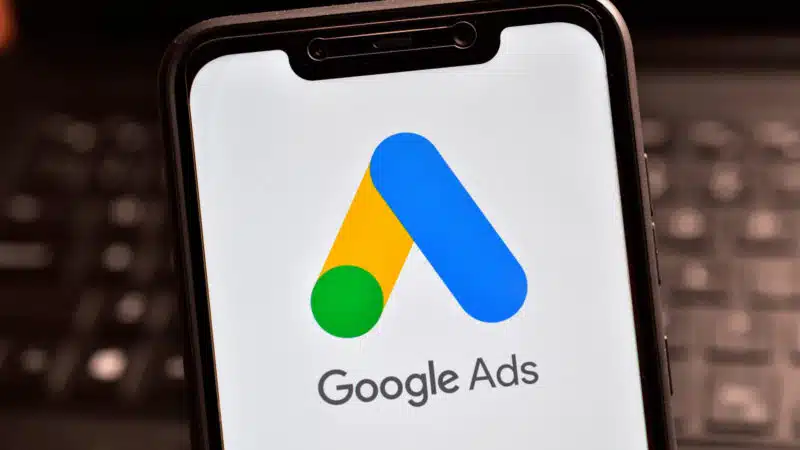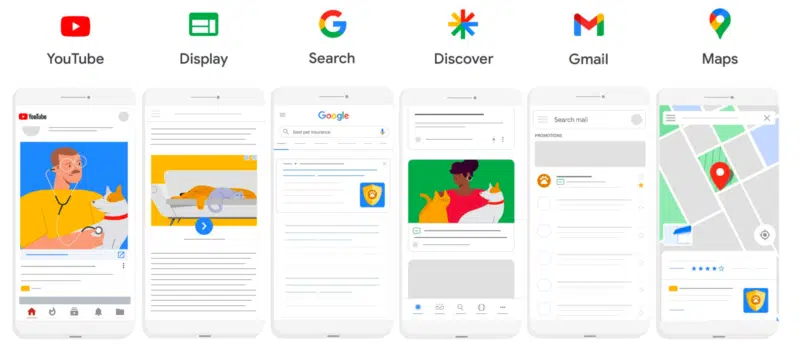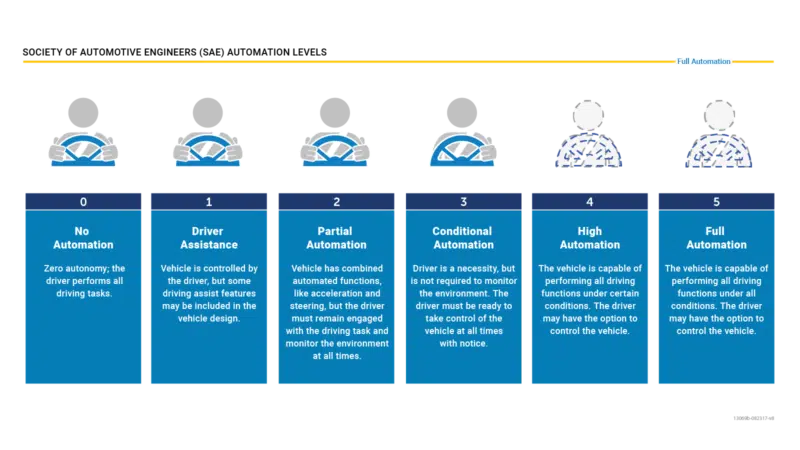4 things to beware of with Google’s Performance Max automated campaigns
Google’s made it easier than ever to run PPC ads. But beware of these pitfalls.

With Google on its way to over $200b per year in ad revenues, companies that aren’t yet advertising online should think long and hard about why everyone else but them seems to be growing their business with Google Ads.
Perhaps they’ve tried and failed. Let’s face it: Especially in recent years, Google advertising has gotten increasingly automated, yet strangely also more complex with a multitude of campaign types, bidding strategies, and targeting options to choose from.
In what appears to be an effort to simplify, Google recently introduced a new, streamlined, all-in-one automated-campaign type: Performance Max. This new campaign needs minimal setup and promises to run a company’s ads as appropriate across Google’s six primary advertising channels: Search, Maps, Display, Gmail, Discover and YouTube.
But as with any automation, Performance Max shouldn’t be thought of as a set-it-and-forget-it campaign. After all, as we’ve established many times before, the best PPC results come from humans and automation working together. Or as Frederick Vallaeys put it in his first book, Digital Marketing in an AI World:
What inputs does Performance Max use?
To get started with automated ads on Google, you need to provide:
- Your marketing objectives and goals
- Budget
- Creative assets
- Text
- Images
- Video (optional, since this will auto-generate)
- Geo-targets
- Feeds (optional)
- Google My Business
- Google Merchant Center
- Dynamic Ads feed
- Business data feeds
- Audience signals (optional)
- First-party Audiences, including remarketing lists
- Google Audiences, including custom audiences
From there, automation is off to the races and promises to show your ad when it expects to be able to get you a conversion.
Where do Performance Max ads run?
To find conversions that meet your stated objectives, Performance Max can, as appropriate, automatically serve your ad across its six channels: Search, Maps, Display, Gmail, Discover, and YouTube. Performance Max will replace Smart Shopping and Local campaigns but is intended to be a supplement rather than a replacement for the other campaign types like Search and Display.

For new advertisers, this is a big deal and significant simplification because the same possible coverage would have previously required creating a separate campaign for each channel. And for advertisers who are just getting started with Google Ads, they may not have the time, or necessary experience and skill, to set up each and every one of these campaigns correctly to drive success. Now, with only a single campaign to create, advertisers can start seeing immediate results and focus on optimizing those aspects of their campaigns that have the biggest upside potential.
What could go wrong?
It’s important to understand what any automation’s capabilities and limitations are. If you overestimate an automation’s capabilities, and it fails to deliver, you really have only yourself to blame.
A good analogy is to self-driving cars’ five levels of automation, as defined by the SAE (Society of Automotive Engineers) and National Traffic and Highway Safety Administration:

What happens when a ‘self-driving’ car crashes?
As long ago as 1979, IBM put the prosecution’s case this way:

In Los Angeles, a driver is now being prosecuted for vehicular manslaughter for letting his “self-driving” car run a red light and killing two people in the process. The driver treated his car’s capabilities like a level 5 automation when in fact, it was just a level 2 automation or a driver-assistance feature.
Likewise, in PPC, Performance Max campaigns are not level 5 fully self-driving automation, but more like a level 2 or 3 assist feature. Performance Max handles a narrowly defined task quite well, but it lacks context to be able to do it fully alone.
It’s up to you, the human advertiser, to supply that context, which includes your ultimate business goals. As an account or campaign manager, you’re in the driver’s seat. Google automation can’t be held accountable when problems arise.
So what can go wrong…
1. You give the automation incomplete goals.
Think of automation in PPC as your newest team member. When a new person joins your team, whether they’re a hired consultant or a new full-timer, you’ve got to teach them about your business, like your goals and how you make money. If you share incomplete information, for example, by failing to specify that you don’t just want leads but rather leads that convert into sales, they will probably do a poor job.
It’s the same with PPC automation. For example, if you tell the automated Google Ads system that your goal is to get leads, it will probably get you lots of leads. But that wasn’t your real goal. You want leads that turn into customers. It’s critical to have a way to feed this and other goal-related data back to Google so they can deliver what you truly want.
Tools like Optmyzr can help advertisers create value rules to help steer Google automation to better quality conversions.
2. You supply Google with poorly optimized feeds.
If you sell stuff, or you have multiple business locations, you can give this data to Google through one of their many structured data formats. In the case of products, this is a Google Merchant Feed.
Google then uses the data from the feed to decide what searches are relevant to your offer and show what it deems the best image, title, and price in each ad. But if your feed contains incomplete data, or if your title text is poorly optimized, your ads will look and feel worse than your competitors’, and you’ll either get fewer or more expensive conversions.
While long-time PPC pros may stress the importance of keywords, bids, and creative, Performance Max lets you control almost none of this. In Fred Vallaeys’s just-published second book, Unlevel the Playing Field: The Biggest Mindshift in PPC History, he explains that modern PPC managers shouldn’t manage every detail but should rather know how to manage Google Ads on the periphery, where they interface with the automated system.
Knowing how to optimize a feed is a great example of this. The feed connects to the ads system, where Google’s automation takes over and turns it into keywords, targeting, and the ads themselves.
And if you want more control, PPC software can help turn your feed into keywords, ads, and campaigns from a template you control.
3. You don’t leverage first-party data.
As privacy concerns mount, there’s a big shift away from third-party data in online advertising. That means that first-party data is gaining in importance. If you have a list of existing customers, feed that first-party data into your Google Ads campaigns to improve targeting. Yes, over time, Google AI could probably learn what type of audience would be best to target. But why let the system potentially waste thousands of dollars to learn what you could have told it right from the start?
And with more advanced PPC tools, you can bring virtually any first-party data into a rule engine to automate your PPC decision-making.
4. You fail to write “helpful” ad components.
If you’re used to advertising on social media and similar platforms, you may have gotten used to writing ads or posts that aim to be attention-getting above all. After all, when a user is rapidly swiping down their feed, the best way to stop them maybe with a controversial title or catchy image.
Things are different and more complicated with Google Ads. People use Google to search for things they already know they need. If you can help them, there’s no need to stop them in their tracks. Instead, aim to answer their questions and assure them that yours is the best possible solution to their problem. How will you help them? That means including unique value propositions and clear calls to action in the ad text components that will then make up the various parts of your Responsive Search Ads (RSAs).
For more great insights about how to create effective RSAs, take a look at Optmyzr’s 2021 RSA research and its RSA presentation at SMX Next.
Automation-layering tools can help you avoid these mistakes
So while Google makes it ever easier to run automatic PPC ads, the reality is that these campaigns will deliver far better results with your ongoing help and optimization. You can either do this work manually or get help from automations you manage and control, like those available in PPC-management software suites like Optmyzr.
“Automation layering” is what we call automation you install that provides checks and balances to Google’s automation. This is automation you, the manager sitting in the driver’s seat, insert in the interface between you and the Google Ads system. To do this, you don’t need to spend inordinate amounts of time monitoring all the minutiae of the ad engine. Instead, use simple rules and scripts to do this work for you. You can then focus on the strategic elements that add the most value when you, the human driver, deploy them in the system.
Automation layering PPC software doesn’t have to cost a lot. Optmyzr recently introduced Optmyzr Lite, a free tier of service specifically designed for new Google advertisers with single-business ad budgets under $10k per month. Advertisers get access to a dashboard, reports, audits, and optimization suggestions different from and independent of those Google provides. It’s a great way to monitor and correct Google AI when it could use your help, as it inevitably will at times.
Many advertisers say: don’t let the auctioneer tell you how or when to bid. Optmyzr Lite is a trustworthy third-party tool that can offer a different perspective on how to optimize your Google Ads account so that you can focus on growing your business.
Opinions expressed in this article are those of the sponsor. Search Engine Land neither confirms nor disputes any of the conclusions presented above.


